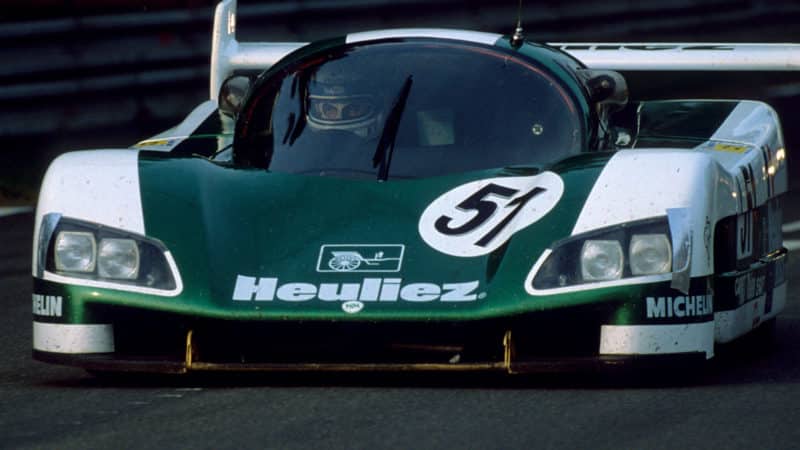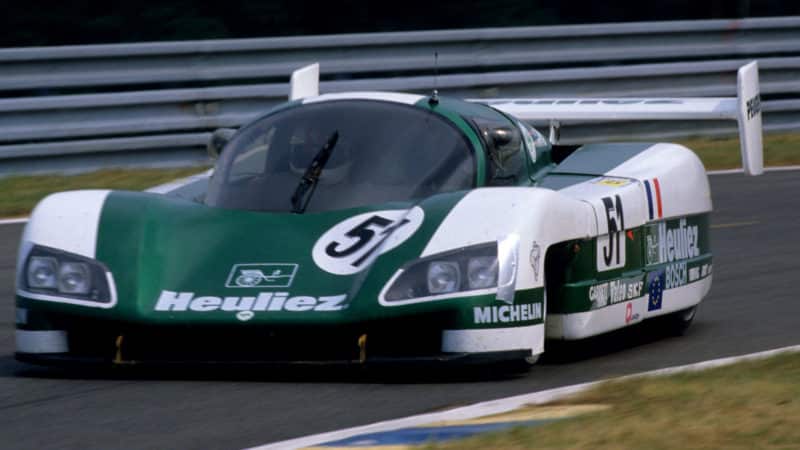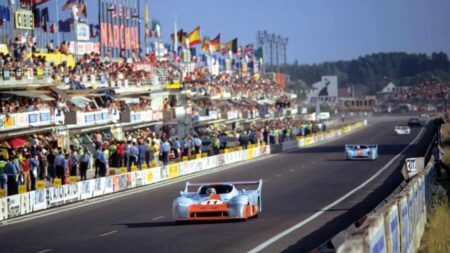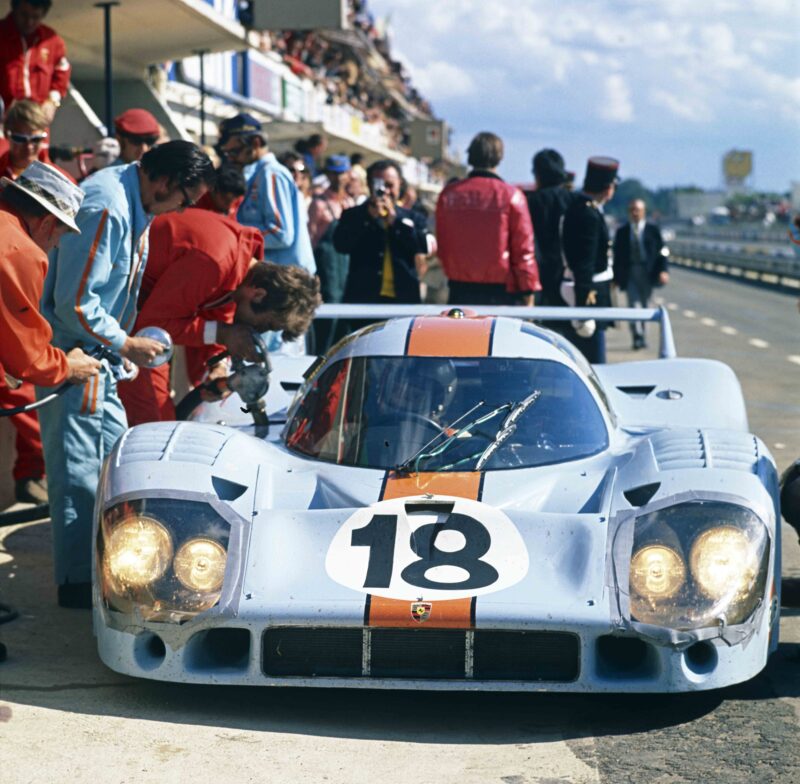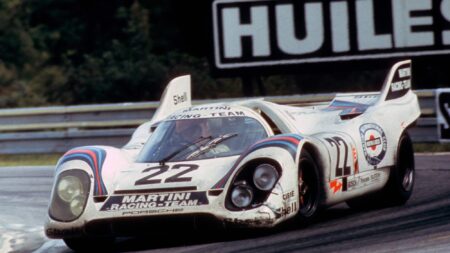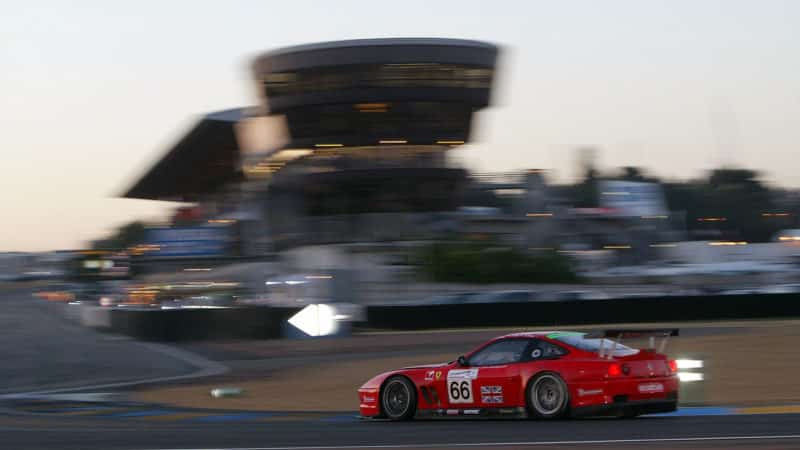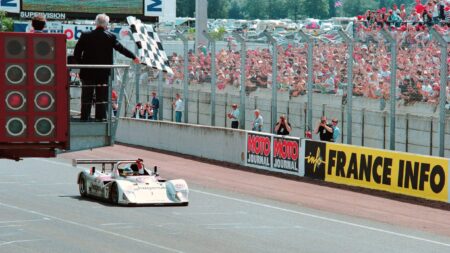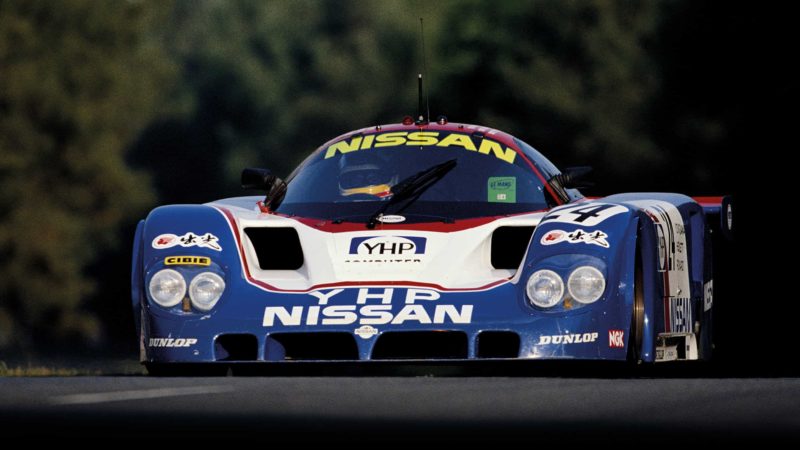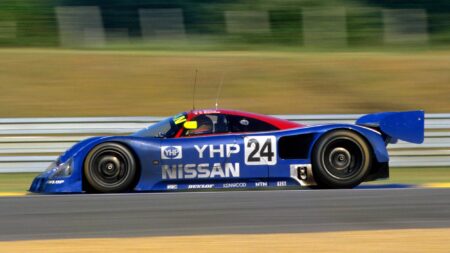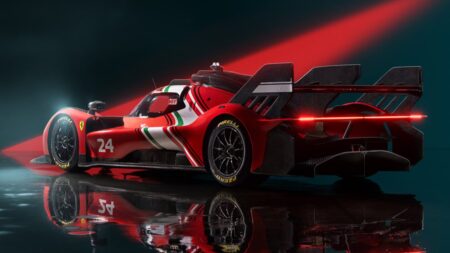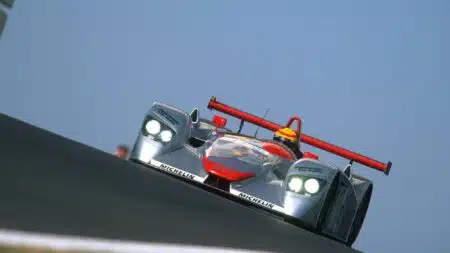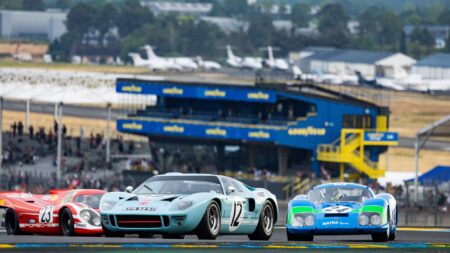By 1987 they had a car ready to take on what they called ‘Objectif 400’, but reliability problems meant they never quite reached their target.
Not to be deterred, they went for it again with the P88 the following year, qualifying 36th out of 50 entries despite technical issues.
Come the race, more gremlins struck but the team spent three hours in the pits repairing the car. Once fixed, driver Roger Dorchy was told to go out and turn up the boost.
He achieved the team’s goal, and then some: after almost immediately breaking the 400km/h barrier on the formidable Mulsanne Straight, he then hit an astounding top speed of 407km/h (252mph).
Almost inevitably the car gave up again not long after, but it mattered not – with the addition of chicanes, Dorchy and WM’s incredible achievement has never been broken.
4. Kobayashi’s record-breaking run – Toyota TS050 – 2017
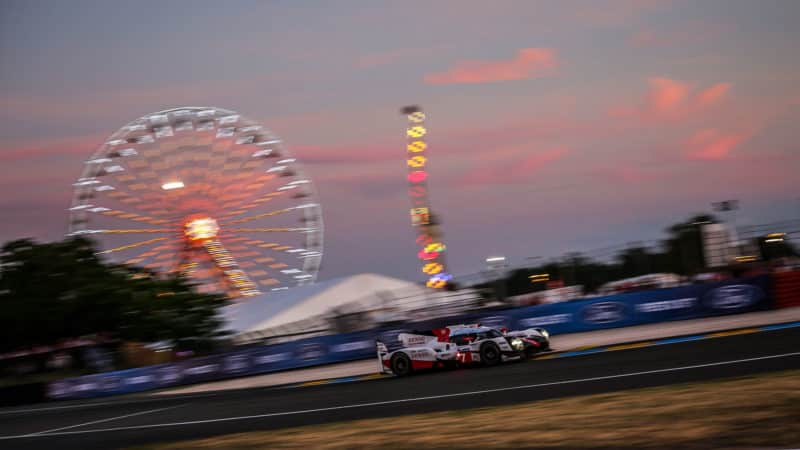
Kobayashi set Le Mans fastest ever lap in 2017
DPPI
The 2017 Le Mans was a heavyweight LMP1 showdown between Toyota and Porsche, with qualifying a forerunner of things to come.
